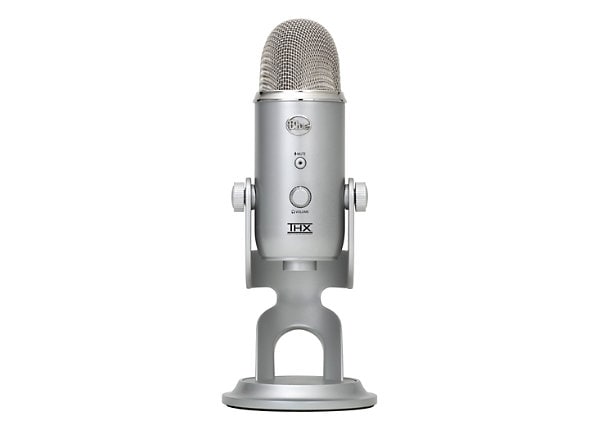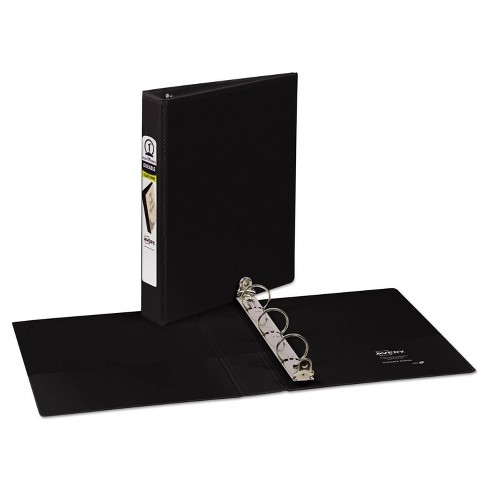Speech students have recently beginning to incorporate more extensive use of technology. There is both "must have" (required) and "nice to have" (optional, but recommended) technology.
Computer (Required)
Obviously need this. Need enough cpu and ram (8gb min, 16GB rec) to open many large word docs at once (and zoom). Ideally need Windows and some sort of plug for an external monitor (see below). A chromebook can pass as a starter laptop but isn't sustainable for older students. Speech students usually need more CPU and less ram than a debate student on average.

Webcam (Required)
Speech is both a verbal and visual event. Even if judges are instructed to ignore poor video quality, it impacts subconscious biases and does matter far more than does not. On the flip side, a majority of tournaments are "live", and zoom tournaments were at 720p and nsda campus tournaments were at 480p. Only for an async tournament would you need anything approaching 1080p.
If you can zoom, you are likely good to go with what you got, but just to be sure, you can create then try out a practice room at https://campus.speechanddebate.org/ to make sure.
Unlike debate, video quality does matter in speech. So if you don't already have a basic but functional one, click below for a suggested webcam. If you do, keep what you have.
Minimal Background Noise (Required)
Minimal background noise is required to do well in speech. Background noise filtering works fairly well with Zoom but not NSDA Campus. Most tournaments use NSDA Campus. Still both of these solutions are not as good as just solving the underlying background noise in the first place.
Laptop fans (from overheating), house AC, and desk/overhead fans are the most common sources of background noise. There is a reason why professional musicians record in a special sound-isolated room and you should try to emulate within reason.
To investigate different spaces, try using a noise measuring app, and finding a good location from there.
No Echos (Required)
Echos are super distracting and do not work well in speech. The most common cause of an echo is in split-screen duo interp where the sound from one performer is playing in the mic of the other.
Outside of duo, an echo can occur when performing in a small space with empty walls/floors. Try moving to a large space and/or briefly hang up sheets on the wall (and carpet on the floor) to act as sound dampeners when performing.

External Microphone (optional)
While video quality may be less than ideal online, audio quality can still be high quality online. While a majority of mic problems with students involve environmental sounds, a good mic can go a long way to touch up the little issues and really bring a student's voice alive. Sometimes a laptop mic is sufficiently high quality, but not always, so just because you have a internal mic doesn't mean you have a good one.
The recommended entry model is a high quality but cheap USB mic. Click below:
Short of an XLR professional set-up, the more expensive, but second best option would be a Blue Yeti. Click below to see a popular Yeti model.
For those with serious background noise issues, a better solution might be bringing the mic closer to the mouth (and not worrying about the mic quality, if all it's going to pick up is the AC). A wireless lavalier lapel mic would be the best option. Click below for an example.
Ring Light (optional)
Many students struggle with professional lighting. Natural light and overhead light are hard to control. Students need at minimum a strong neutral light in front of them (and behind the webcam) that shines past the webcam onto them.
Many social media personalities use ring lights to good effect. You can investigate your options here:
Black 5.5 x 8.5 Binders (Optional)
Some speech events allow students to use a small black binder as a prop. If you are in this event, you need a black binder. Click below for suggestions:





